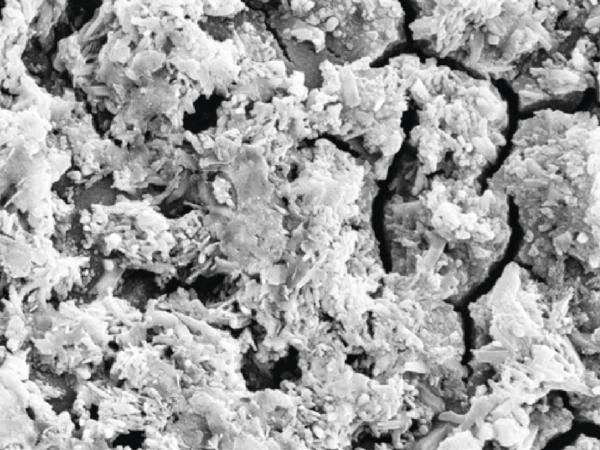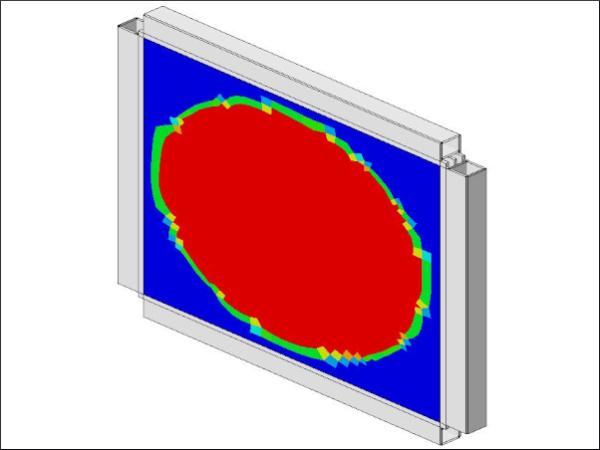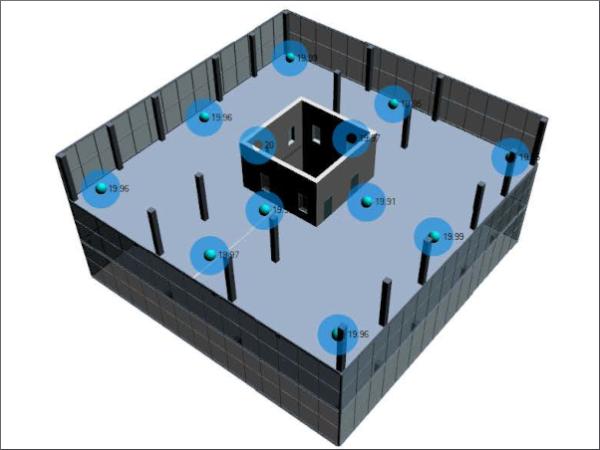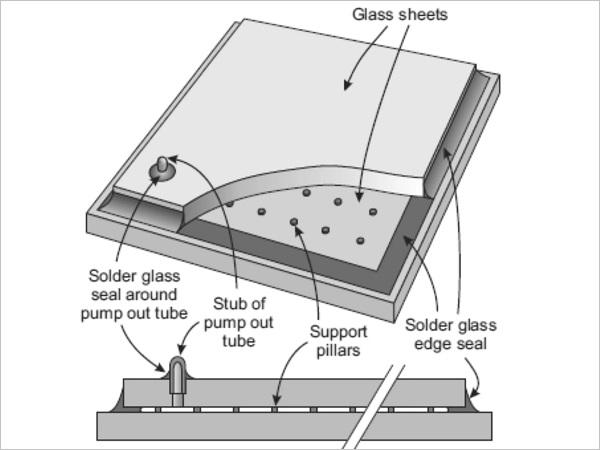Others also read
| This paper is a theoretical analysis of flat plate solar collectors with a vacuum glazing that investigates different configurations of the collector with a detailed theoretical model.
| Learn how EPDs can help you make environmentally friendly product selections.
| Water-filled building envelopes are hybrid constructions with a solid and a fluid component, typically a glass or steel shell filled with water.
| Discover the perfect balance of sound and heat insulation with VIG multi-objective design optimization!
| The tightness of the gap in insulating glass units is a necessary factor to maintain good thermal insulation of transparent glazing.
| End-of-life insulating glass units (IGUs) continue to follow a linear, wasteful path from renovation and demolition sites into landfills or low-value recycling.
| Within ongoing research at the Faculty of Civil Engineering of the Czech Technical University in Prague, a set of real-scale insulating glass panels with embedded laminated point connections was tested.
| The paper presents testing of glass panels, static test and dynamic test by hard body impact.
| The aim is to provide a theoretical basis for vacuum plate glazing laser sealing manufacturing.
| The impact of building glass breakage on personnel injury was considered in this model.
| The study describes the results of the shear modulus of viscoelastic interlayers made of polyvinyl butyral and provides the basis to define and evaluate a model for the finite element analysis.
| Glass/steel adhesive joints are being used increasingly in the construction industry as they offer significant structural advantages over conventional mechanical fastener approaches.
| This paper presents some of major outcomes of Finite Element (FE) numerical methods and simulations that have been explored in the framework of the GLASS-SHARD research project for glass windows and facades under explosion or soft-body impact.
| In this third episode of the #AskGlaston flat tempering series, Taneli Ylinen deals with the commonly asked question of how to handle the issues with mixed production.
| A new BIM tool processing IEQ data input for building management and energetic optimizations
| This paper presents a study on the development of a bonded edge seal for fluid-filled insulating glass units.
| This article explores the various aspects of PVB Preparation, handling, and assembly. It explains how to store, transport, and handle PVB in order to ensure optimal performance and adhesion.
| In this research, the structural sealed façade structure with triple IGU was investigated and the effect of the thickness of ordinary and laminated glasses.
| This study aims to develop a non-contact stage-wise scanning method to extract 3D damage characteristics on glass surface, which can further facilitate the investigation into the associated influences on the flexural strength of glass.
| In the structural design of facade glazing, various types of loads such as dead weight, wind and climatic loads must be taken into account. In practice, however, there are many cases of damage that can be attributed to direct solar radiation.
| The main challenge in the design of the duplex façade was the high aesthetical performance that the façade had to meet.
| Measurement area separated from glass sheets with buffer plates
| Measurement area in direct thermal contact with specimen
Investigations on the Cold Bending Behaviour of a Double Glazing Unit with a Rigid Edge-Spacer Frame
| In this study, the bending process of specially-fabricated double glazing units (‘panels’) is investigated with a focus on a local instability phenomenon.
| In this paper, we present the development of an intrinsic parameter σQM characterizing the sensitivity of a coating (or configuration) to the quench marks.

























